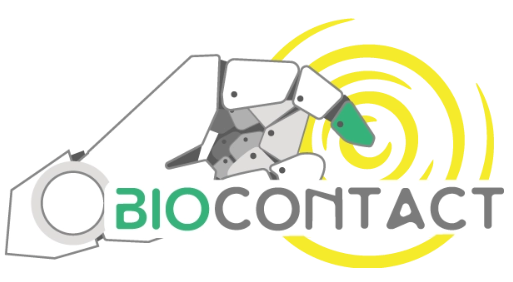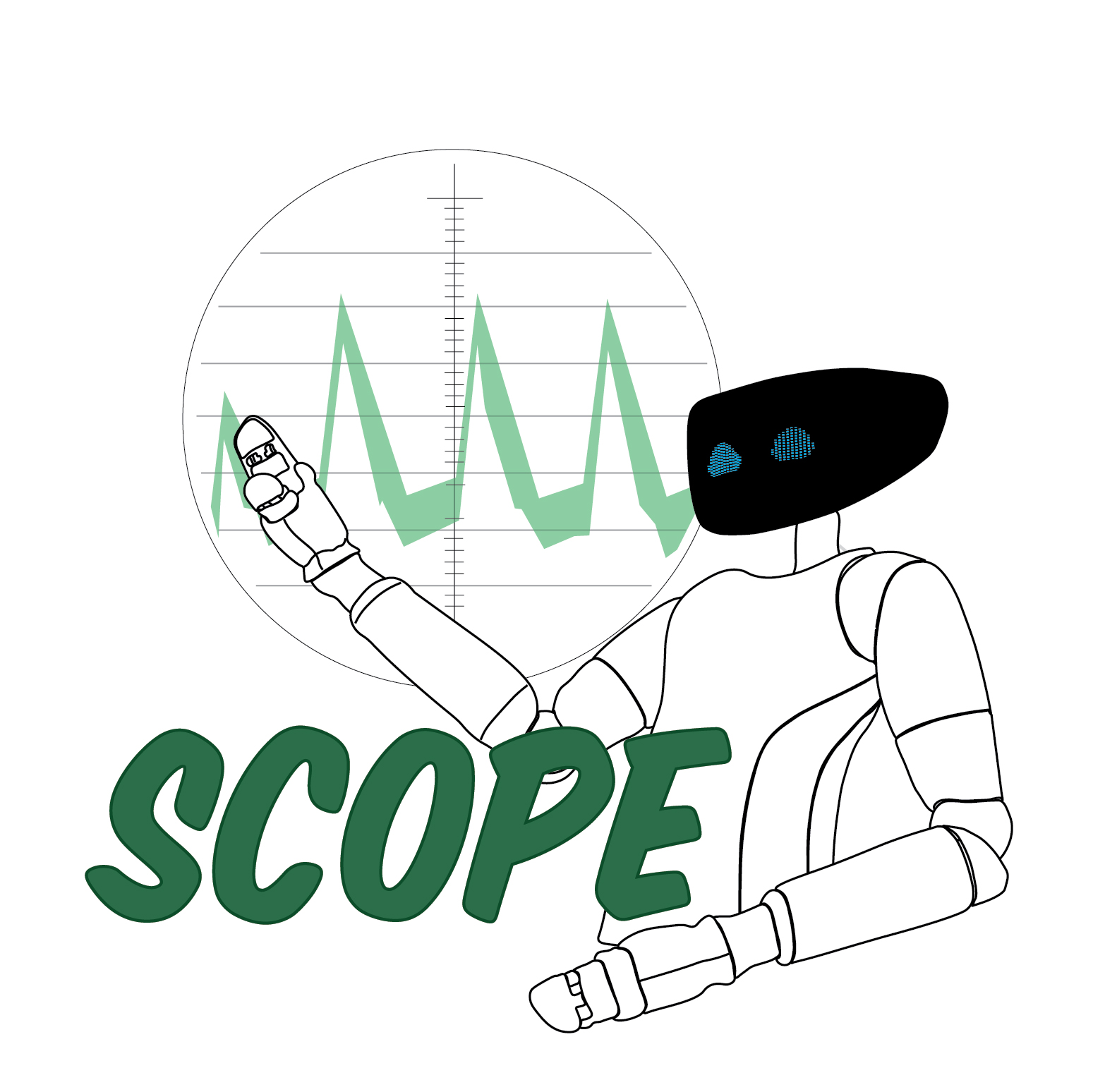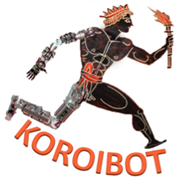
The goal of the project is to contribute to study methodologies and develop technologies to build Artificial Intelligence systems able to interact and collaborate with humans, perceive and operate in dynamic environments, but also able to understand its own limits and adapt to new situations. The project also studies ethical rules required to build trustworthy and socially acceptable Ai systems.

Fit for Medical Robotics aims to revolutionize current rehabilitation and assistive models for people of all ages with reduced or absent motor, sensory, or cognitive functions, by means of novel (bio)robotic and allied digital technologies and of continuum of care paradigms that can take advantage of the novel technologies in all the phases of the rehabilitation process, from the prevention up to the home care in the chronic phase.
Foundational studies, involving new materials, algorithms, smart sensing and actuation technologies, as well as sustainable power sources, will sought to overcome the limitations of current robotic solutions, which have prevented their massive spread as physical care providers, in order to pave the way to the next generation of biomedical robotic systems.

ROBOTICS AND AI FOR SOCIO-ECONOMIC EMPOWERMENT (RAISE) aims to sustain the development of an innovation ecosystem on the scientific and technological domains of AI and Robotics. The project ambition is to develop an ecosystem highly attractive for companies, investors, researchers both at the national and international level. In this project we develop AI algorithms for assistive applications with the R1 robot, and share control of the Hannes prosthetic hand.

The advancement of the BioConTact project will start engineering electrical conductors with controllable biodegradability that are flexible, lightweight, scalable, and produced with readily available materials. The tunable degradation will be controlled through the material formulation. This tunability will enable applications where long-term stability is crucial, such as human-mimicking robotic skin, and find applications for those requiring environmental control of degradation, such as bioresorbable transient electronics. These conductors will be assembled as human mimicking robotic skin for the iCub, the open-source robot of the Italian Institute of Technology.

The key contribution of CONVINCE is to develop cognitive deliberation capabilities that ensure safe robot operation over extended periods of time without human intervention. These capabilities will be integrated into a model-driven software toolchain to allow developers to build application-specific deliberation systems. The HSP group coordinates the project. We develop the robotic museum use case and provide expertise in behavior trees and their integration in robotic software architectures.

TrialsNet will deploy full large-scale trials to implement a heterogenous and comprehensive set of innovative 6G applications based on various technologies such as Cobots, Metaverse, massive twinning, Internet of Senses, and others, covering three relevant domains of the urban ecosystems in Europe identified as i) Infrastructure, Transportation, Security & Safety, ii) eHealth & Emergency, and iii) Culture, Tourism & Entertainment. We provide use case 9: wireless control of prosthetic hands using AI algorithms, with high reliability and low latency.

What’s the ethical, social and legal impact of the use of Artificial Intelligence, Robotics or Big data in the Public Sector, and how to deal with it? How can we correctly evaluate and govern the ethical implications of DTs adoption by Public Administrations and Public Service providers, taking into account the impact that these technologies can have on citizens’ lives? How can we securely manage DTs and the data they process? We provide the use case on robot-mediated rehabilitation with the R1 robot.

The goal of 5G-TOURS is to get the European 5G Vision of “5G empowering vertical industries” [5GPPP16] closer to commercial deployment with highly innovative use cases involving cross-industry partnerships. 5G-TOURS aims to demonstrate the ability of 5G to support multiple vertical use cases concurrently on the same infrastructure. The vision is to improve the life in the city for the citizens and tourists, making cities more attractive to visit, more efficient in terms of mobility and safer for everybody. We contribute by developing and demonstrating a fully autonomous robotic museum guide, featuring natural language processing, visual navigation and dialog management.

HEAP is a research project funded by Chist-Era that investigates Robot Manipulation Algorithms for Robotic Heap Sorting. This project will provide scientific advancements for benchmarking, object recognition, manipulation and human-robot interaction. We focus on sorting a complex, unstructured heap of unknown objects –resembling nuclear waste consisting of a set of broken deformed bodies– as an instance of an extremely complex manipulation task. The consortium aims at building an end-to-end benchmarking framework, which includes rigorous scientific methodology and experimental tools for application in realistic scenarios. We developed reproducible benchmarking methods for data driven grasping algorithms, and shape completion for improved grasp planning.

The goal of the SCOPE project is to contribute to the RobMoSys ecosystem by proposing methods and tools to enable the assessment of system-wide safety properties at the behavioral level (the “deliberative layer”) where safe autonomy becomes the key challenge. With reference to the RobMoSys meta-model for robotic behavior , the goal of SCOPE is to provide tools that analyze and derive properties of a task by composing the properties that describe its skills and the environment, and, at runtime, ensure the correct execution of a task by monitoring it and propagating anomalies detected at the level of the skills.
The novelty of SCOPE is to use quantitative modelling and specification languages, so that it is possible to reason on real-time constraints, as well as resources, i.e, pre- and post-conditions for the correct execution of a skill deriving from the interaction between skills and software-hardware components sitting below the deliberative layer, plus the external environment which is directly or indirectly affected by the robot. The tools developed in SCOPE are validated on real-world scenarios using the R1 humanoid robot.

Software development in robotics typically focuses on individual components, whereas the component's orchestration receives much less attention. This fact makes software behaviors usually application-dependent and is therefore hardly reusable. Moreover, there is little or no use of formal verification tools for assessing properties of component's orchestration.
The objectives of the CARVE project are: use Behavior Trees (BTs) for modeling composable and reusable behaviors; provide a set of verification tools for increasing confidence in correct robot behaviors; validation of the approach in a real-world scenario; and fostering the adoption of RobMoSys ecosystem in the research community
The tools developed in CARVE are validated on real-world scenarios using the R1 humanoid robot. The integration of the YARP middleware (used on the R1 robot) and the SmartSoft toolkit helps to disseminate the RobMoSys approach to the research community.

TACMAN addresses the key problem of developing an information processing and control technology enabling robot hands to exploit tactile sensitivity and thus become as dexterous as human hands. The current availability of the required technology now allows us to considerably advance in-hand manipulation. TACMAN's goal is to develop fundamentally new approaches which can replace manual labor under inhumane conditions by endowing robots with such tactile manipulation abilities, by transferring insights from human neuroscientific studies into machine learning algorithms. We studied tactile drive re-grasp and bimanual object handover.

The WALK-MAN project aims to develop a humanoid robot that can operate in buildings that were damaged following natural and man-made disasters. The robot will demonstrate new skills:
- dextrous, powerful manipulation skills - e.g. turning a heavy valve of lifting collapsed masonry,
- robust balanced locomotion - walking, crawling over a debris pile, and
- physical sturdiness - e.g. operating conventional hand tools such as pneumatic drills or cutters.
In addition, the robot will have the sufficient cognitive ability to allow it to operate autonomously or under tele-operation in case of severe communication limitations for remote control due to limited channel bandwidth and/or reliability).
We contributed with expertise in system integration providing tools for continuous integration and the middleware for the Walk-Man robot, as well as perception algorithms for visually guided reaching and grasping.

The goal of the KoroiBot project is to enhance the ability of humanoid robots to walk in a dynamic and versatile fashion in the way humans do. Research and innovation work in KoroiBot will mainly target novel motion control methods for existing hardware, but it will also derive optimized design principles for next generation robots.By doing so, KoroiBot addresses the ambitious goals set for the humanoid robots of the 21st century which are supposed to work and replace humans e.g. in households, disaster sites or space missions but which still lack the very fundamental ability to walk in a human-like fashion. We studied visual perception for walking robots, in particular visual stabilization and3D perception.

The Xperience project will address this problem by structural bootstrapping, an idea taken from child language acquisition research. Structural bootstrapping is a method of building generative models, leveraging existing experience to predict unexplored action effects and to focus the hypothesis space for learning novel concepts. This developmental approach enables rapid generalization and acquisition of new knowledge and skills from little additional training data. Moreover, thanks to shared concepts, structural bootstrapping enables enactive agents to communicate effectively with each other and with humans. Structural bootstrapping can be employed at all levels of cognitive development (e.g. sensorimotor, planning, communication). We studied object affordances and reactive methods for behavior orchestrations.